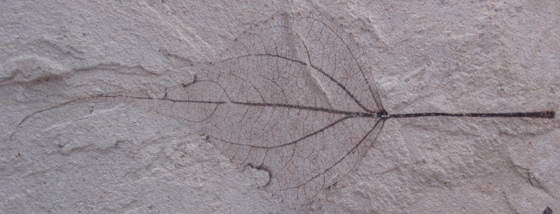
 |
 |
Science
Olympiad
| Division (Phylum) Magnoliophyta | |
| Flowering
plants or angiosperms (Magnoliophyta) make their first
unmistakable appearance during
the Early Cretaceous (140 MYA) (Kenrick & Davis 2004, p.
195). Thus, angiosperms appear 300
million years after the first vascular plants and
220 million
years after the first seed plants (Willis & McEwain, 2002,
p 156). Angiosperms underwent a rapid adaptive radiation soon
after their first appearance. In fact, angiosperms
became the dominant flora across the globe by the Paleogene a
mere 70 million years after their first appearance. Flowering
plants
continue
to dominate the world’s
flora today; extant pteridophytes species number 10,000,
gymnosperms 750,
and angiosperms up to 300,000 species. These new
seed plants possessed a number of important characteristics that
separate
them from other seed plants. A New Kind of Seed Plant Flowering plants evolved distinctive characteristics that
help to define this plant division. Angiosperms possess flowers,
develop fruits, contain specialized conducting cells in their
vascular tissues, develop a double-layered seed coat, exhibit
a distinctive column-like structure in their pollen grain walls,
and undergo double fertilization during their life cycle. New reproductive strategies helped angiosperms become a great success and diversify into the forms we know today. In angiosperms male and female structures develop within flowers. The pistil is the central, female organ of the flower and typically consists of an ovary with ovules, a style and stigma. The stamen is the male part of a flower and typically consists of a filament or stalk topped with pollen producing anthers. When pollen comes into contact with a flower's stigma the growth of a pollen tube is activated. Each pollen grain carries two sperm. One sperm fertilizes an egg in the ovule; the other sperm unites with two haploid cells in the same ovule. This process is known as double fertilization and is an important adaptation found in angiosperms. The fertilized egg will undergo cell division to become a zygote and then an embryo. The second fertilization results not in offspring, but rather the development of endosperm, which acts as a nutrient for the embryo. Cells in the endosperm have three sets of chromosomes. Endosperm not only serves as an important food source for the embryos of flowering plants it also is important to other animals. Humans depend upon the endosperm of rice, wheat, and corn. Recent research indicates the endosperm may also act as a fertilization sensor helping to abort embryos of incompatible crosses (Juniper & Mabberley 2006, p.27). A seed is formed when
the endosperm and the embryo become enveloped in a part
of the ovule that hardens into the seed coat. The ovary
or other parts of the flower in angiosperms develop into
a fleshy
fruit
surrounding the seeds. Many
organisms such as birds, bats, and insects have coevolved
to help pollinate
angiosperms. The fleshy fruits of angiosperms are an
adaptation for seed dispersal. Many animals use the fruit
as a food
source, which results in the dispersal of seeds encapsulated
within
a natural fertilizer! Monocots have one cotyledon
(seed leaf) at germination. Monocots usually have
flower parts
in
threes,
one aperture or furrow on their pollen, parallel leaf venation,
a scattered arrangement of vascular bundles, and usually
no secondary woody growth. Grasses
and palms are well known examples of monocots. Petrified
plam wood or Palmoxylon is the state stone for Texas
and the state fossil for Louisiana. The state stone for
Mississippi is petrified wood and much of the fossil wood
found in the state is Palmoxylon. Most angiosperms have
two cell types that are distinctly different in size. The
large, water conducting cells, are called vessels; the smaller
diameter, more abundant cells are fibers. Gymnosperm
wood is made of small diameter tracheids. Tracheids are more
easily
seen with a 20x loupe. Angiosperms also have tracheids for
water conduction. Among the angiosperms we can also distinguish
between dicots and
monocots.
Dicots
have
their
vessels and fibers arranged in rings while monocots have
their vascular bundles scattered throughout the stem giving
a speckled appearance even to the naked eye (Kenrick & Davis,
2004, p. 74). The diversification of flowering plants during the Cretaceous helps to mark a significant change in the world's flora. Paleozoic flora was dominated by ferns and clubmosses (Paleophytic flora). The Paleophytic flora gave way to a Mesophytic flora during the Triassic period. Woody seed-bearing plants and their relatives dominated Mesophytic flora. Thus, the change from Paleophytic to Mesophytic represented a change in reproductive strategy; from spore producers to seed producers. Conifers, cycads, and ginkgoes diversified during this time and dominated the landscape. Flowering plants first emerge during the Early Cretaceous and undergo a great adaptive radiation during the Middle Cretaceous. Flowering plants quickly became a major constituent of species diversity and the world entered the third great age of plant life known as the Cenophytic by the Late Cretaceous (Kenrick & Davis, 2004, p. 143). The
transition from Mesophytic to Cenophytic represents a
change
in reproductive strategies. Gymnosperms and their relatives
relied mostly on wind pollination and bore naked seeds
clustered in cones or on the end of stocks. Flowering
plants coevolved with animal pollinators, underwent double
fertilization,
and
encased
seeds in a fleshy ovary that encouraged seed dispersal.
Our modern plant world is a continuation of the Cenophytic
age of plants. |
|
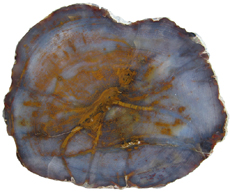 Fraxinus sp. Grassy Mountain Basalt Miocene Grassy Mountain, Malheur Co, OR 12 cm x 10 cm |
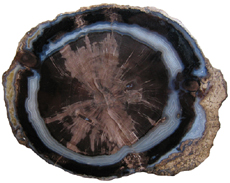 Schinoxylon sp. Green River Formation Eocene Blue Forest, Wyoming 12 cm x 10 cm |
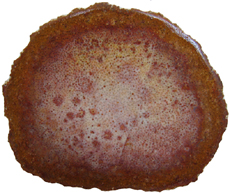 Palmoxylon sp. Catahoula Formation Oligocene Rapides Parish, Louisiana 11 cm x 9 cm |
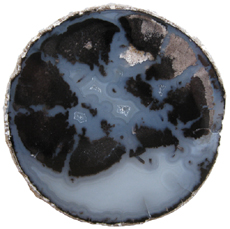 Palmoxylon sp. Bridger Formation Eocene Farson, Wyoming 4 cm diameter |
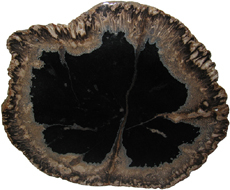 Palm Fiber & Roots Palmoxylon & Rhizopalmoxylon Denver Formation Paleocene South Platte River Quarry Denver, Colorado 19 cm x 17 cm |
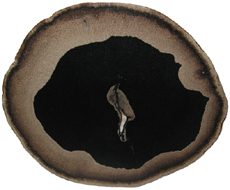 Palm Trunk Palmoxylon Denver Formation Paleocene South Platte River Quarry Denver, Colorado 12 cm x 11 cm |
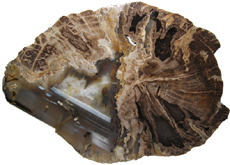 Sycamore Platanus sp. Denver Formation Paleocene South Platte River Quarry Denver, Colorado 20 cm x 15 cm |
 Maple Acer sp. Denver Formation Paleocene South Platte River Quarry Denver, Colorado 12 cm diameter |
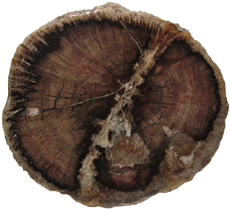 Fig Ficus sp. Miocene Swartz Canyon, Oregon 12 cm diameter |
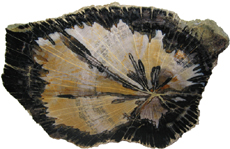 Oak Quercus sp. Columbia Group Basalts Miocene Vantage, Washington 16 cm x 12 cm |
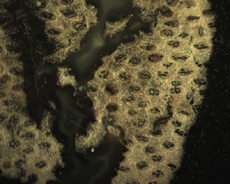 Colorado Palm Trunk Close-Up Showing Vascular Bundles 20x |
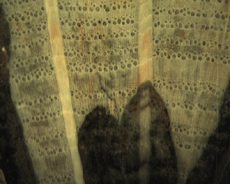 Vantage Oak Close-Up Showing Vessels 10x |
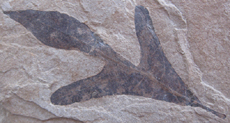 Balloon Vine Cardiospermum coloradensis Green River Formation Eocene Bonanza, Utah 7 cm long |
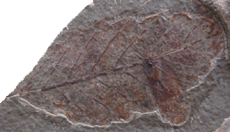 Cedrelospermum sp. Miocene Randecker Maar Esslingen, Germany Leaf 4 cm long, Seed 1 cm long |
|
|
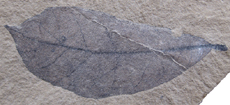 Oak Leaf Quercus dayana Sucker Creek Formation Miocene Succor Creek Malheur County, Oregon 6 cm long x 2.2 cm wide |
|
|
|
Bibliography |
|
|
Elias, T.S. (1980). The
Complete Trees of North America. Van Nostrand Reinhold
Company: New York. Kenrick, P. and Davis, P. (2004). Fossil Plants. Smithsonian Books: Washington. Willis, K.J. & McElwain, J.C. (2002). The Evolution of Plants. New York: Oxford University Press. |
|












